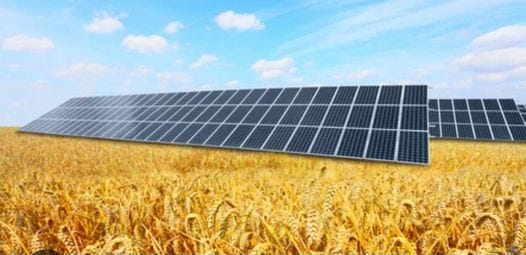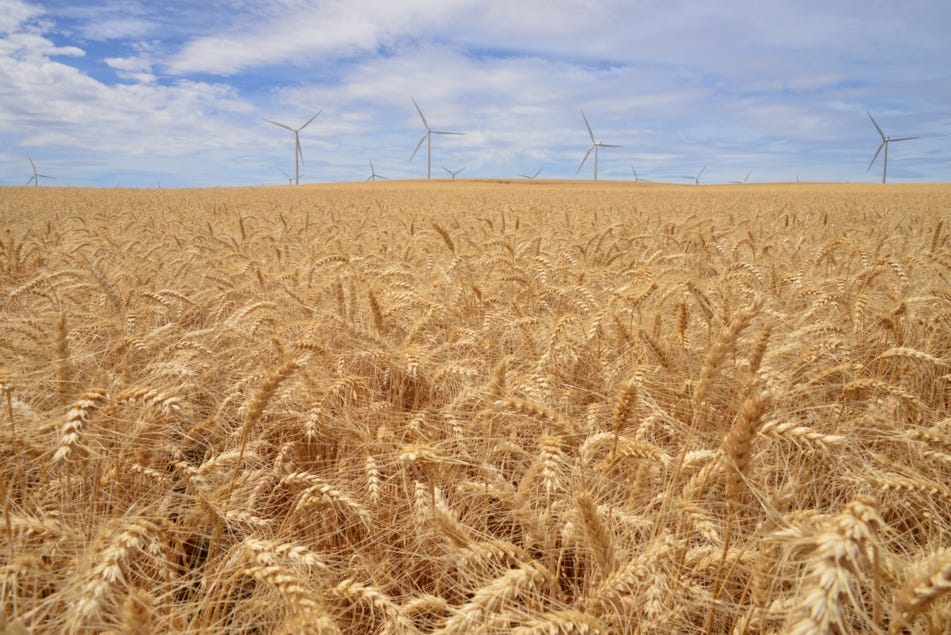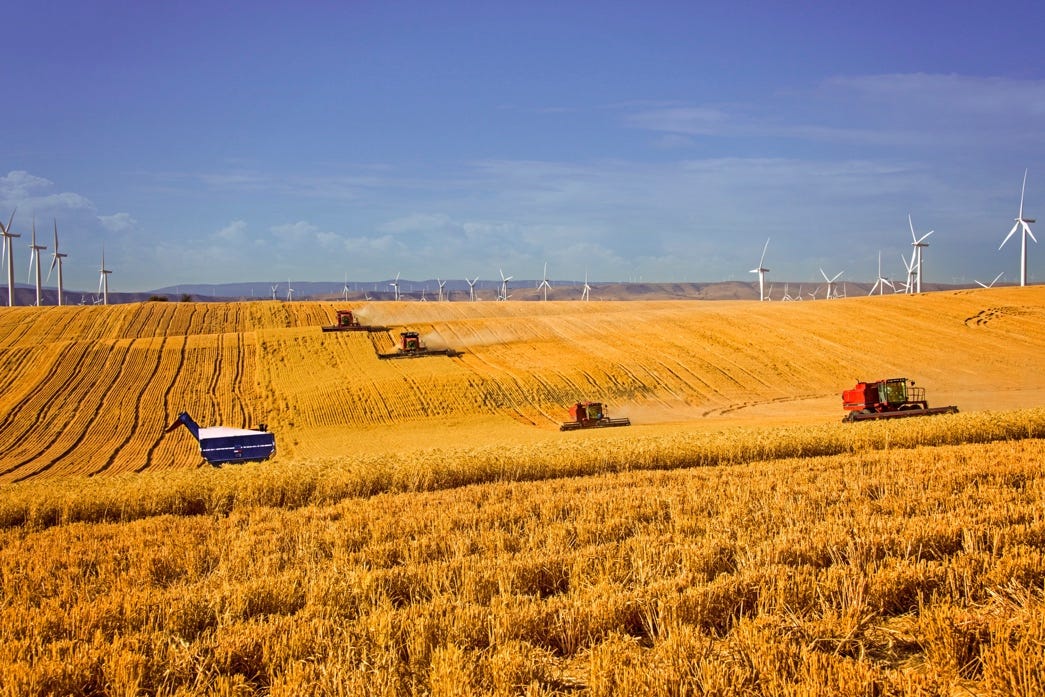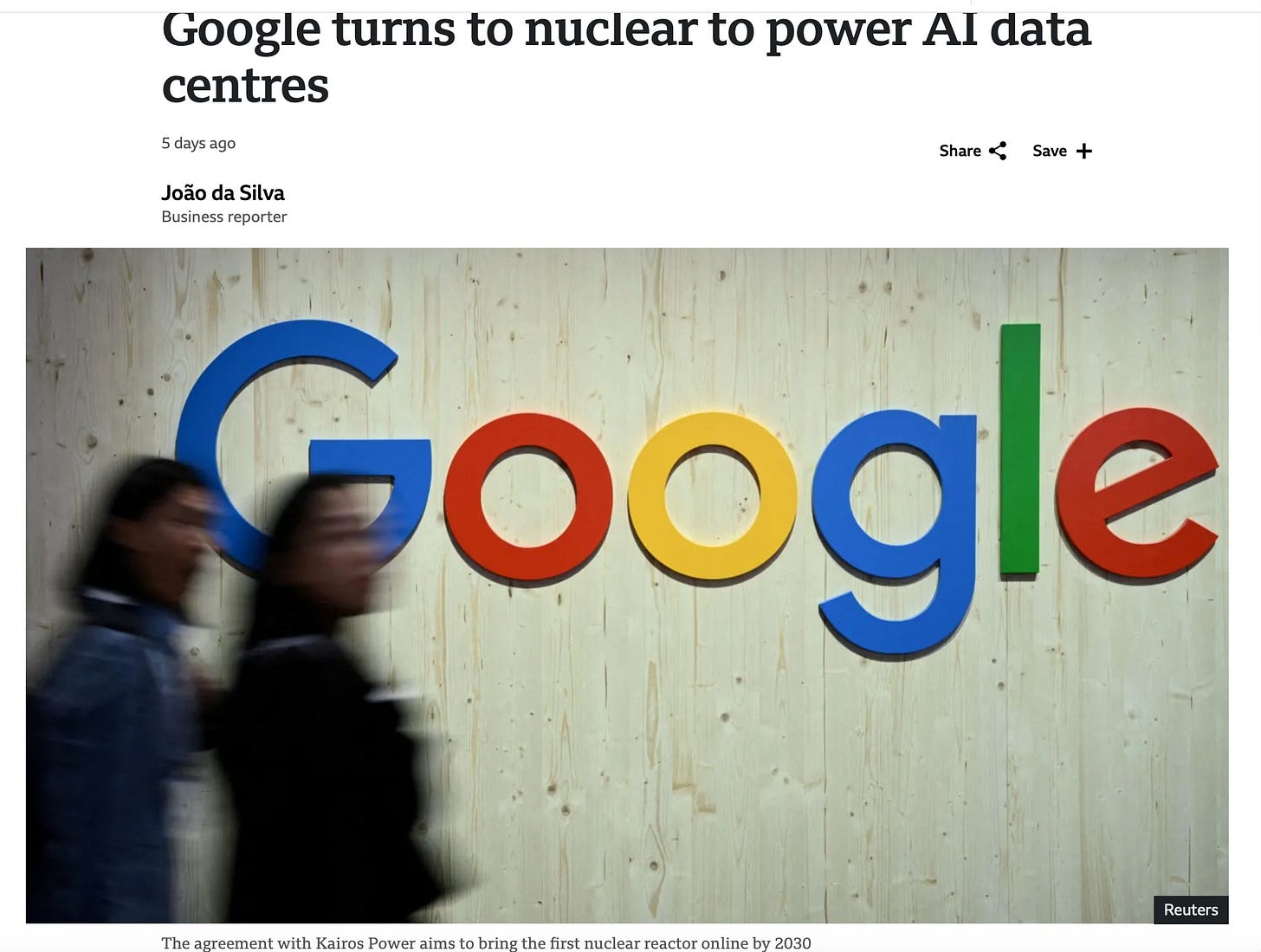There’s a new trend in eastern Oregon. Solar - with hidden lithium batteries thrown into the mix. Our county is being hit hard with over 66,000 acres of solar signed up and very little resistance.
Between our county court and an organization called CREA (Community Renewable Energy Association) https://www.community-renewables.org/, solar has been given a green light in Sherman County. Until now. The residents are waking up to the dangers and lies surrounding solar development.
My first letter to the government in Salem was to debunk an assumption that our farm ground in eastern Oregon was worthless for growing wheat or anything else after a man (Ormand Hilderbrand) who grew up in our county became known as a “knowledgeable expert” in the Salem legislature:
To the DLCD (Department of Land Conservation and Development) Rule-making Committee (presented to Jon Jinnings at a meeting in Moro at the Burnett OSU Building):
Ormand Hilderbrand and I are not farmers. Ormand’s father was a Sherman County farmer. My husband and son are farming eleven thousand acres in Sherman County. They and others in this room can tell you more about farming. Ormand pretending to be a farming expert is like me pretending to be a farmer. It’s more complicated than you know, and the successful farmers in this county work hard and love their way of life.
While Ormand sold irrigation systems in the Middle East, I piloted a 747 around Asia. My father-in-law was the President of the National Wheat League. He introduced me to our Asian buyers in Korea, Hong Kong, Manila and other countries in the Pacific Rim where we sell our soft, white winter non-GMO wheat. I met these buyers on my trips and had lunches with their representatives. Asia loves our wheat for its consistency and quality.
Our ground works perfectly for our wheat. We only get 7-10 inches of rain a year, but our yields are impressive. We fallow the ground and plant every other year, letting the moisture build up. This is a good farming practice, and it works. Out of the six thousand acres we planted this year, over 1000 of them yielded 100 bushels per acre. The rest were great, too. Some of our best fields, producing 75 bushels an acre, are slated to go into solar. Why? Because the farmers can maker four times as much as they could farming. The subsidies are too good to resist.
Wind power works well with our farming lifestyle because it only takes .8 of an acre, including the roads. Solar in our area takes 12 acres to produce as much power as one of our wind turbines (according to PGE VP Ben Felton).
I am not trying to stop my neighbors from getting solar. It is their land and they pay taxes on it. I am trying to get setbacks from the houses so that our farmers can continue their way of life. I think the solar should go on what we call “scab” ground that can’t be farmed, or some of the ground that is not as productive. The developers want to put it on some of the best ground because it is easiest for them. They are not vested in our community and none of us want to be living near a gigantic solar farm.
Please help us keep our county from becoming inundated with solar that is not well-planned.
Sincerely,
Captain Kathy McCullough
August 27, 2024
My second letter was addressed to the Oregon Department of Energy to highlight the dangers of solar in Sherman County, Oregon.
Oregon's Energy Facility Siting Council (EFSC) is made up of seven volunteer members who are appointed by the Governor and confirmed by the Senate. The Energy Facility Siting Council is responsible for overseeing the development of large electric generating facilities, high voltage transmission lines, gas, etc. There are 89 siting projects in Oregon presently.
https://www.oregon.gov/energy/facilities-safety/facilities/Pages/BSF.aspxOctober 10, 2024
christopher.clark@energy.oregon.gov
The Buckley Project will greatly impact surrounding farming operations. Farmers cannot buy enough insurance to insure their way out of a bad situation. Hot bearings, hot brakes, and equipment issues can start fires during harvest, generally the hottest and driest time of the year. Who will be considered “negligent” or at fault if the solar project catches fire, even by accident? Insurance companies and lawyers take charge, and even the best intentions won’t stop them from suing and bankrupting the farmer whose equipment malfunctioned.
We have a major problem with fire. Fires in Sherman County are dangerous because of the high winds and dry conditions. There is a reason there are so many wind turbines in Sherman County. Winds often exceed 50 mph. Our county lies at the end of the Columbia Gorge - the opening of a big venturi. (An increase in pressure that results when the wind speeds up as it flows through the constricted section to the east, then decreases as it opens up.) The Substation Fire of 2018 was unstoppable because of these winds and burned 78,000 acres in Wasco and Sherman counties.
Our rural fire departments are not equipped for lithium battery fires. Will the solar companies be required to have some sort of fire suppression in place? It could be disastrous, even with suppression, but it would help.
Several of us have talked to our insurance agents about fire - which from a landowner’s perspective, is a huge liability. In this area we have gone from approximately twenty companies willing to write farm liability policies to three. Some of these are so expensive that people are opting out of insurance altogether and taking their chances or picking and choosing what to insure. They agents said there is NO WAY the solar companies can offer or guarantee no litigation because their insurance companies won’t agree to that, and the money at the top of these companies won’t take a loss like that. The investors and insurance companies will absolutely go after your policy and then liquidate your farm. One of the agents had to be part of a liquidation process (not solar-related), so he knows firsthand. We knew this. This just confirms it.
ODOE (Oregon Department of Energy), EFSC Energy Facility Siting Council), and our county court need to answer the question: If you force us into this situation, and it impacts MY rights on my land, will you personally stand behind fixing it? With your funds and influence you have the power to make a decision to put me in harm’s way… and potentially wipe me out; what is your plan to mitigate it?
The Savion project is just across Buck Hollow Canyon: It has a 50-mile potential fire line. Where they are locating it, the fire won’t be fought as it goes down into the canyon. Guess where it will come out? On the Sherman County side right by all of us living near the Buckley project.
There is a major problem in the stated goals of DLCD, the Oregon Department of Energy (EFSC), and Oregon law regarding siting solar projects. It is hard to site a solar project (they are not farms) on agricultural ground because it has to be reclassified as industrial. It may never go back to Agricultural use. Once an industrial powerplant is sited and built, it impinges on the agricultural use surrounding it. The only way to circumvent the law is to declare land in eastern Oregon as a lower-class of farm ground. Then you can ignore the fact that the soft, white winter wheat we grow is a commodity that is prized in Asia for its consistency and quality.
Solar “farms” (misnomer) in the middle of agricultural areas are an accident waiting to happen. Not only does vegetation grow under the panels, but batteries are now being added to the mix. Sixty acres of lithium batteries at the Buckley Project is their estimate, not ours. Will the acreage of panels affect our local weather patterns? They gather a lot of heat and reflect light. During the winter, our temperatures drop to negative 15 degrees. Lithium batteries are known for their cold soaking and performance issues at low temperatures.
The Buckley project is in one of the higher-risk areas in the county for hail. This can be confirmed through RMA (Risk Management Agency) rates for crop hail insurance. Are there contingencies if the panels are damaged, such as in Oklahoma, for hazardous containment?
Did you know the country of Italy has banned the placement of solar projects on agriculture ground because of food security and other issues, like the fact that these companies are all LLCs that aren’t liable for much?
Just because the batteries have fire suppression does not mean they are safe. Thermal runaways are fact, not fiction. Look up the UPS 2010 747 crash in Dubai that occurred twenty-two minutes after takeoff. Lithium batteries do not belong in aircraft and they don’t belong in regions where there are only rural fire departments and high winds.
https://www.flyingmag.com/news-ups-747-crash-highlights-lithium-battery-danger/
Solar companies are not doing well in the stock market. They make money upfront with government kickbacks. The contracts with landowners are five times what a farmer can make farming. Are these contracts sustainable? Solar companies have been placing liens on the landowner’s land. Are these companies being vetted? If you have the power to permit, you should have some responsibility to ensure that we are protected. Clenera Energy representatives had no answers for most of our questions at the meetings in Grass Valley. It was very telling to hear so many serious issues raised that have not even been considered.
Chris, at the public comment meeting in Grass Valley, you said your office has all the bonds and ensures they are updated yearly for inflation. Will the bond still be covered if the solar company goes bankrupt? Will they be liable if their insurance policy lapses? I understand that the Oregon Department of Energy does not consider this as part of their job, but it should. It is irresponsible to ignore the issues of bonds, insurance, and accountability. It feels like a land grab.
Off your website: “For more than four decades, Oregon has maintained a strong policy to protect farmland. The state legislature adopted the policy in 1973. It calls for the "preservation of a maximum amount of the limited supply of agricultural land" (Oregon Revised Statutes 215.243).
The main tool for carrying out that policy is the statewide planning program. Oregon's Land Conservation and Development Commission (LCDC) sets standards and criteria for protecting farmland. The cities and counties then apply these state requirements through local comprehensive plans and land-use ordinances. Under this system, all counties in Oregon have adopted planning and zoning measures to protect agricultural land.”
There are 66,000 acres slated for solar in Sherman County as of September 2024. This will take out a quarter of our current farmland (257,887 cropland). Try to imagine the impact this will have on our communities. We will lose some of our critical businesses and our local COOP, Mid Columbia Producers (MCP) will lose wheat revenue. Not only will our grain handlers be affected, but every supplier to the local agriculture economy and their employees will be negatively impacted. Equipment dealerships, fertilizer suppliers, fuel companies, stores, and restaurants will all be affected. All support businesses will be hurt, as we are a small, agricultural county. Even what you and the state of Oregon consider “useless” scrub ground supports local businesses and the beef industry. This irresponsible push for solar by the state will devastate our county. https://www.nass.usda.gov/Publications/AgCensus/2022/Online_Resources/County_Profiles/Oregon/cp41055.pdf
What about young and beginning farmers who will be displaced? Many of FSA’s (Farm Service Agency) programs revolve around young and beginning farmers, so this must be important to the state of Oregon.
Finally, agrivoltaics are being touted as the next latest and greatest development in solar. Yet some of our equipment is 150 feet wide, and solar panels that pivot to allow a tractor don’t begin to address this issue. Planning in the western part of the state at OSU in agrivoltaics does not apply here.
Our county in eastern Oregon is a completely different story when it comes to fire risks and solar feasibility. We are very concerned.
Respectively submitted,
It was signed by a group of us who believe this is a bad road to go down. Wish us luck!
https://arraytechinc.com/blog/the-reality-of-solar-power-debunking-6-common-solar-farm-myths/
https://climatecafes.org/what-is-a-safe-distance-to-live-from-a-solar-farm/
Who knows where our next hope may lie? Google and Amazon are the big companies in Oregon who will need more and more electricity. Maybe they will find another way. The entire campus of Oregon State University is powered by a small and safe nuclear reactor.
https://www.bbc.com/news/articles/c748gn94k95o?mc_cid=279944e6c0&mc_eid=2e33257969








